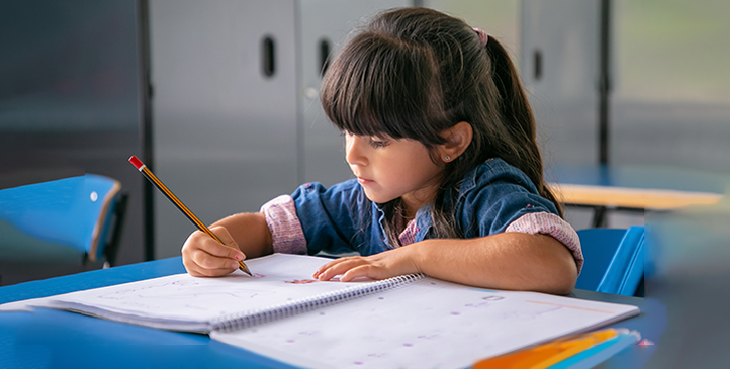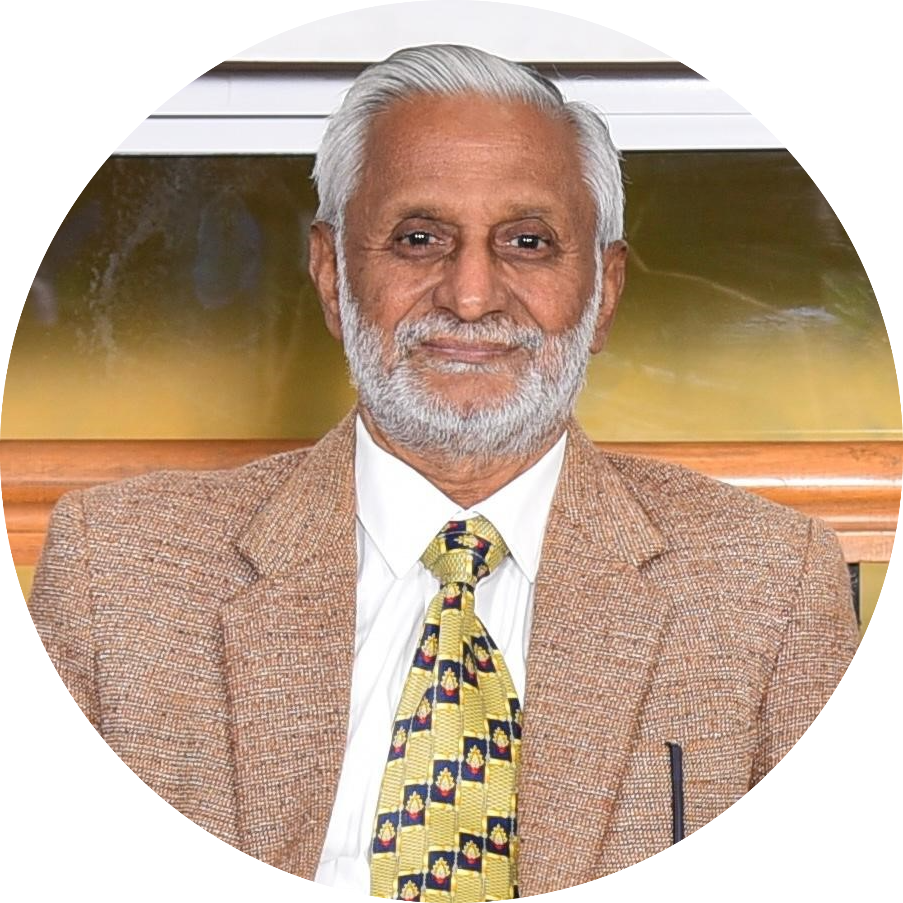

BGS National Public School Bangaluru
We say that basic education is the birth right of every child. But unfortunately, we see that children are on the streets, selling toys and flowers. Is this the education we promised the citizens of tomorrow? And even if they reach the steps of the school, how equipped is the school to handle students with learning disabilities and children with special needs? What is the future of these students?
When we think of all these questions, then we have to refurbish our education system also. Even though the present education system now talks about inclusive education, we have to rethink how practically all these can be implemented. When we talk about ‘Leaving no Learner Behind’ it includes all the children who are on the streets, the school drop-outs and the children with special needs. It just does not refer to the students who are specially-abled.
Although the government is doing its best to provide the basic education, unless people realize the value of education, it will not make a big difference. So educating the masses, about the importance of education is the first step. Although Government-run schools cater to this category of children, and provide midday meals as an incentive with the books, it is not enough to attract the children. Hence we have to rethink how to get them to attend school. A suggestion is to open schools in these ‘bastis’, where these people reside, so that the children do not have to tag along with the parents when they are doing menial jobs or selling toys and pens at the signals.
The next step is to get the school-drop outs back to school. These children will not be interested in learning various subjects. Usually these children are in the age group of 13-17. The best way to educate them is to provide vocational training in a course they are interested in. They should be able to sustain themselves and their families. Teaching morality is also a big responsibility and a challenge to this age group. We should make them proud of the job they are doing and teach them dignity of labour. When these children grow up, they will add to the economy because of skilled labour than becoming a liability.
The third type of inclusion is the inclusion of children with special needs. These children are going to school but because of their learning difficulties, they are neglected or ignored. As all children require a good education, these children too should be addressed. It also depends on the level of disability the child faces. The teacher has to be trained to identify such children and address the needs of these children. The child is assessed whether he will fit into a regular classroom and he is given special attention or if his learning is so hindered that he needs a special school to help him.
The National Institute of Open Schooling has helped students with disabilities to complete their basic education by providing exemptions in languages and other subjects. Recently a job mela was organized at Chennai for these specially-abled children, where MNCs were offering training and jobs for these specially-abled children based on the level of their abilities. Indeed we have a long way when we are including these specially-abled children into mainstream living and making them independent citizens, who can earn their own bread and butter.